The sword trapped in stone, only to be freed by the forceful grip of a future king, is an essential part of the King Arthur mythology. The question of whether there’s historical basis for Arthur in the mists of chaotic Dark Ages Britain has haunted many historians, writers, and treasure seekers. Bits and pieces of the Arthur legend have been analyzed endlessly to see if some real person or place might fit.
In a version of the story, Merlin foretold that only a true king was worthy to draw the sword, and when a boy, Arthur, is the one who succeeds in doing it, he reveals himself to be the son of the brave king Uther Pendragon. That sword then becomes Arthur’s powerful weapon, called Excalibur.
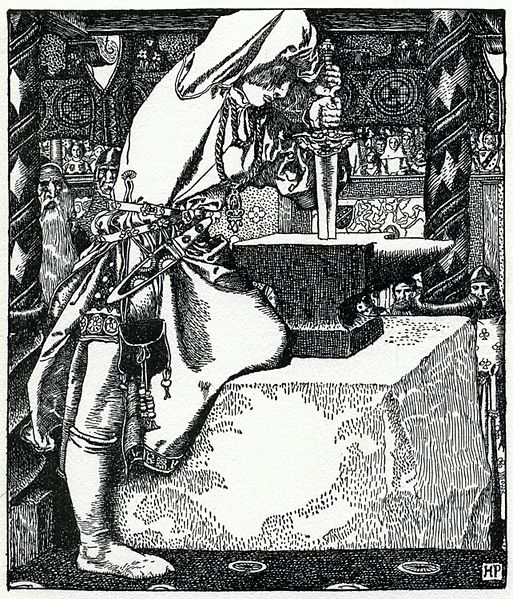
But what if the inspiration for the tale of the sword in the stone comes not from England but from Italy, and the proof of that can be found in a 12th century stone still thrust into bedrock in Tuscany?
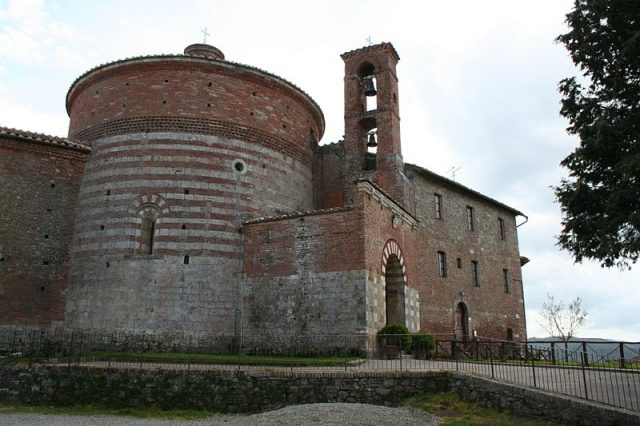
The Sword in the Stone of Saint Galgano can be seen today, in the Montesiepi chapel southwest of Siena. It was long a curiosity: Only the hilt, wooden grip and a few inches of the three foot long blade are visible to be seen in the chapel of a Cistercian abbey. The story was that it was thrust into the stone by an Italian knight, Galgano Guidotti, after he renounced war to become a hermit in 1180.
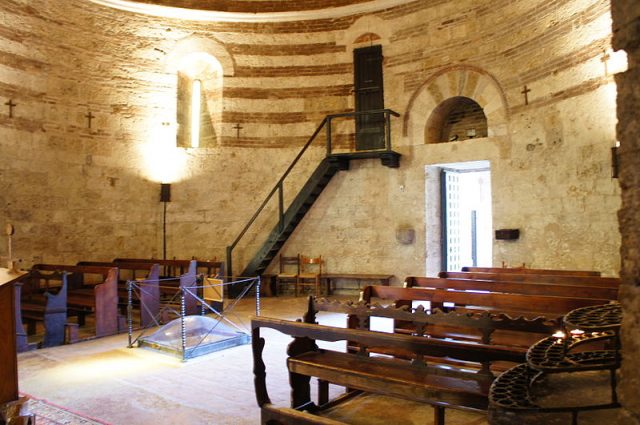
For years the sword was suspected of being some sort of fake. However, recent scientific tests dealt a surprise to skeptics. The metal of the sword was confirmed to be from the 12th century.
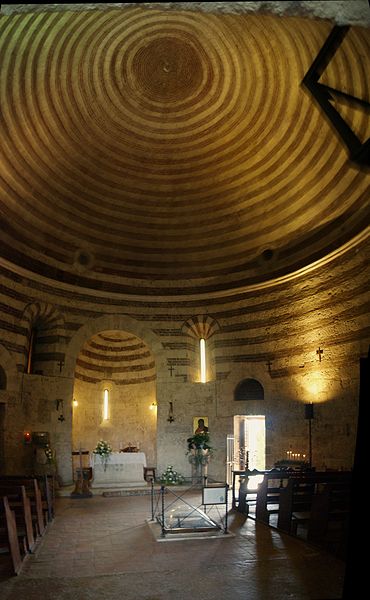
“Dating metal is a very difficult task, but we can say that the composition of the metal and the style are compatible with the era of the legend,” said Luigi Garlaschelli, of the University of Pavia, in an interview with The Guardian. “We have succeeded in refuting those who maintain that it is a recent fake.”
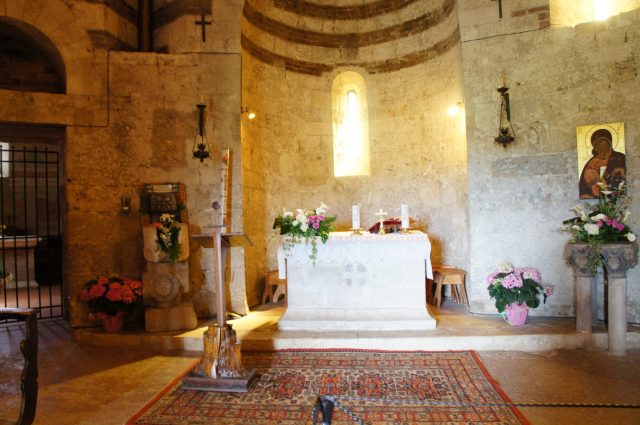
Not only is the sword from the medieval era but ground-penetrating radar analysis revealed that beneath the sword there is a cavity that could be a burial recess, possibly containing a body. “To know more we’d have to excavate,” said Garlaschelli.
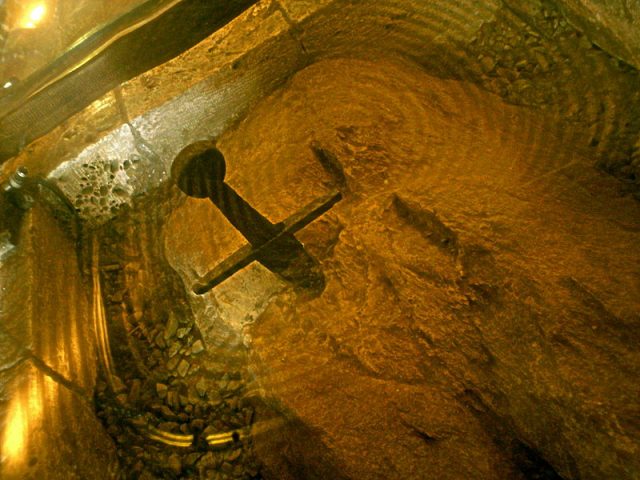
The Italian academic Mario Moiraghi wrote a book suggesting that the Arthurian legend of the stone was inspired by the Tuscany sword. A 13th century English book about Merlin and the sword obviously came after the existence of the Italian sword in stone, as did Malory’s Le Morte d’Arthur in the 14th century. However, Geoffrey of Monmouth wrote about Arthur, Merlin, and Excalibur, called Caliburnus (or Caliburn), in Historia, completed in 1138.
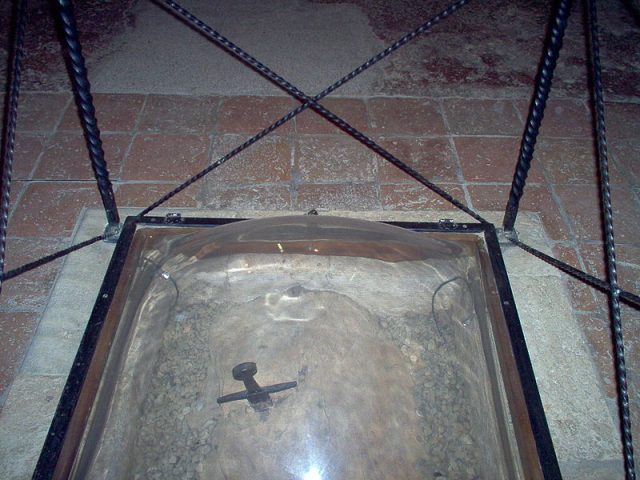
Moiraghi said in an interview, “The sword which, having being plunged into the stone becomes a cross; this is a true symbol of the Christian life — the transformation of violence into love.”
In the same chapel are two mummified hands; scientific testing has revealed that they too date to the 12th century. According to legend, anyone who tries to steal the sword in the Tuscany chapel would have his arms ripped off.
The knight, Galgano, was the son of a feudal lord known for his arrogance and violence when he had a vision of the Archangel Michael inviting him to change his life.
Galgano supposedly decided that he should become a hermit. As he climbed the mountain where he would devote his life to contemplation, a voice told him he had to leave all traces of worldly sin, to which the saint replied, “It would be easier to cut a stone with this sword to do that.”
When Galgano stuck his sword in the rock to prove his point, the sword sank smoothly. It went into the rock as if it were as soft as butter, the story goes. Galgano was a hermit for the rest of his life. Four years after his death he was canonized and a chapel was built around the sword.
Nancy Bilyeau, a former staff editor at Entertainment Weekly, Rolling Stone, and InStyle, has written a trilogy of historical thrillers for Touchstone Books. Her new book, The Blue, is a spy story set in the 18th-century porcelain world. For more information, go to www.nancybilyeau.com
